An impact driver is a powerful tool that has transformed the construction, manufacturing, and DIY landscape. Its core function is to deliver high torque output without any kickback, making it perfect for handling heavy duty tasks such as driving screws into hard materials. But can it replace your conventional drill? This question is often raised by users looking to streamline their toolbox, and the answer is nuanced. This article will delve into the capabilities and limitations of using an impact driver as a drill.
What a Drill Is
A drill is an incredibly versatile tool that finds its applications in a wide range of tasks. From simple household repairs to complex industrial projects, this tool proves indispensable. Its mechanism revolves around a rotating drill bit, giving it the ability to penetrate various materials, including wood, metal, plastic, and even masonry. By adjusting its power and speed, the drill can effortlessly cater to the specific demands of any given task.
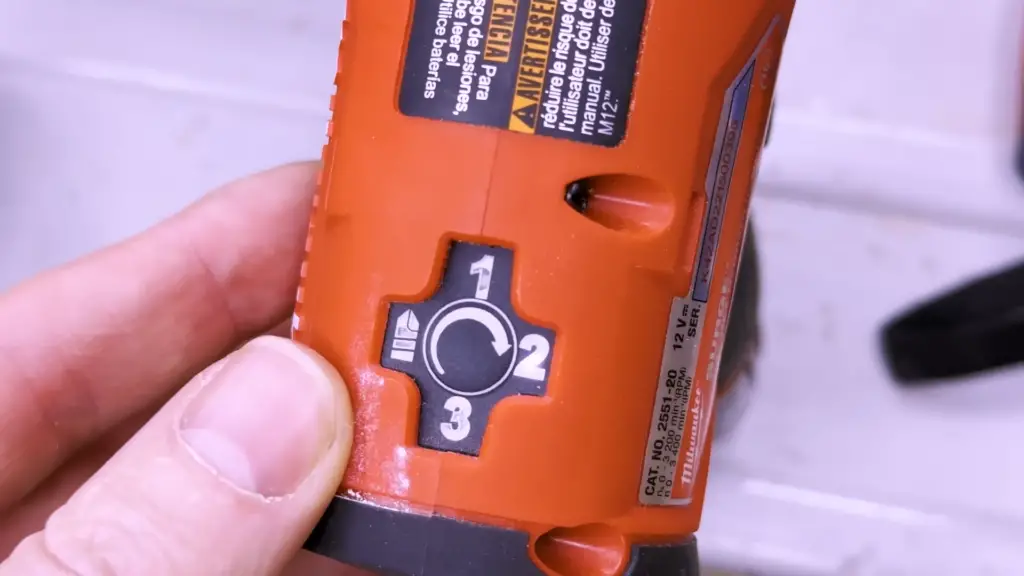
So, whether you’re a DIY enthusiast or a professional tradesperson, having a drill in your toolkit is a must. Its versatility and reliability make it an indispensable companion for any project, big or small. [1]
What an Impact Driver Is
An impact driver is a high-torque tool designed predominantly for driving screws and tightening nuts. Its mechanism is based on a sudden, intense downward rotational force, which is why it’s less likely to strip screws. This unique feature makes it ideal for tasks that require power and speed, such as fastening screws into thick, dense materials.
Unlike a drill, an impact driver is not intended for precise drilling but excels at heavy-duty applications. The tool generates a lot of torque and delivers a series of robust, rapid blows, allowing it to drive screws effortlessly through even the toughest materials. Its exceptional performance doesn’t compromise the battery life, ensuring prolonged usage without frequent recharges.
Carpenters, cabinet installers, and professionals involved in demanding projects often rely on the impact driver as their go-to tool. Its unmatched power and efficiency make it indispensable for handling tough applications. However, it’s important to note that the impact driver may not be suitable for delicate tasks that require finesse and precision, due to the lack of a clutch and limited speed control.
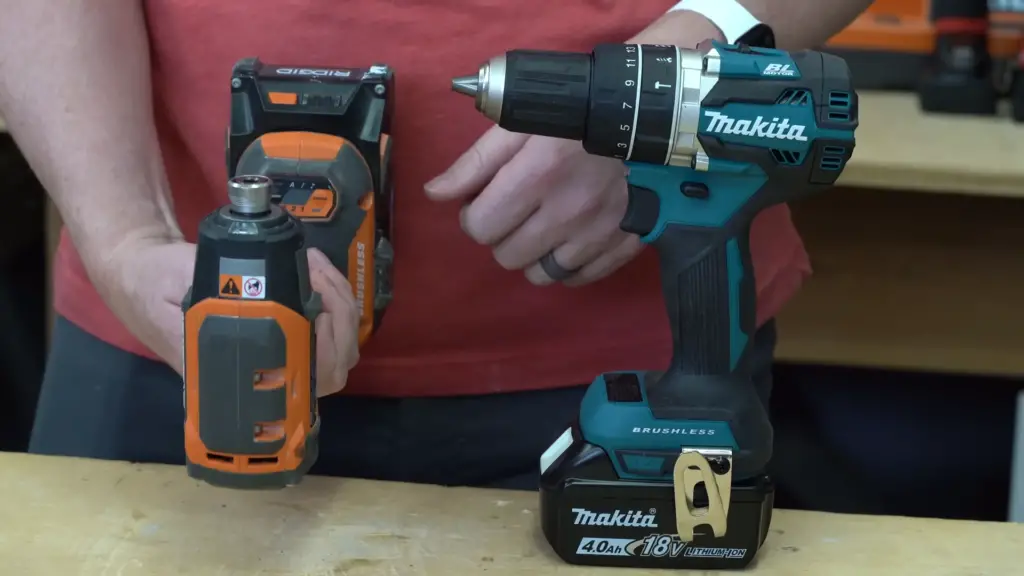
With its ability to tackle heavy-duty tasks effortlessly, the impact driver stands as a testament to innovation and reliability in the world of power tools. [1]
Pros
One of the most significant benefits of using an impact driver as a drill is its superior torque. This characteristic, derived from its high-powered motor, provides exceptional force to tackle even the toughest tasks. With its impressive torque, the impact driver effortlessly drives long screws into hard materials, making it the go-to choice for heavy-duty construction or renovation projects.
Another advantage of the impact driver is its compact size, which allows it to access tighter spaces that a standard drill may struggle to reach. This versatility makes it an invaluable tool for various applications, from assembling furniture to installing fixtures in cramped corners.
Not only does the impact driver excel in power and maneuverability, but it also boasts remarkable power efficiency. Its innovative design ensures longer battery life, allowing for extended use without the hassle of frequent recharging. This makes the impact driver an ideal companion for time-consuming projects that demand sustained performance.
Moreover, the impact driver’s thoughtful design minimizes kickback, reducing the strain on the user’s wrist and enhancing safety during prolonged use. This feature is particularly beneficial for professionals and DIY enthusiasts who rely on the impact driver for extended periods.
In summary, the impact driver’s superior torque, compact size, extended battery life, and reduced kickback make it an indispensable tool for tackling heavy-duty tasks efficiently and safely. Whether you’re a professional contractor or a weekend warrior, the impact driver is a game-changer that will elevate your drilling experience to new heights.
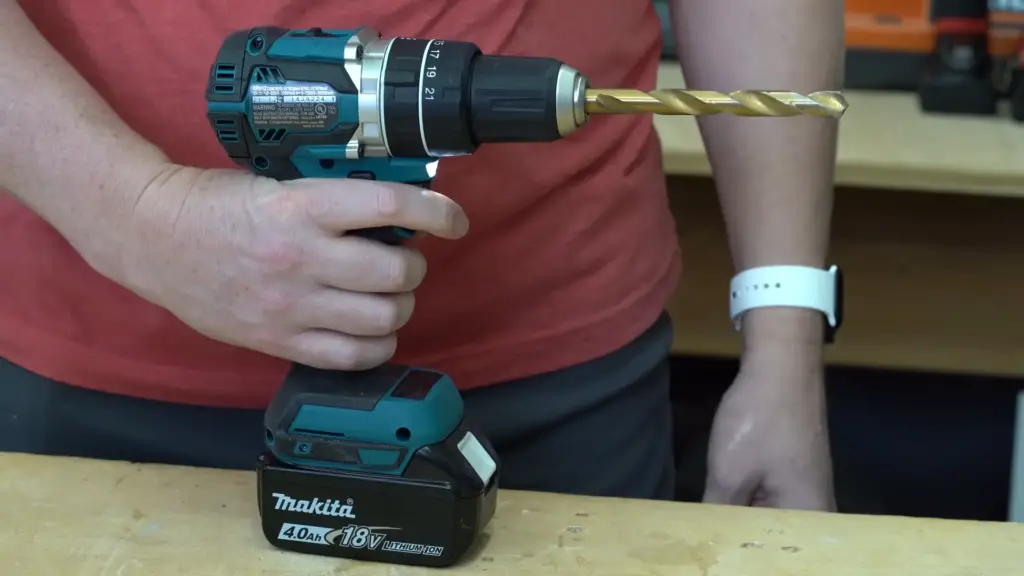
Cons
While an impact driver offers several clear advantages, it’s important to consider its limitations when used as a drill. Firstly, one of the drawbacks is its lack of precision compared to a regular drill. This is primarily due to the absence of a clutch, which prevents you from adjusting the torque to avoid over-tightening or stripping screws. Consequently, it may not be the ideal choice for delicate tasks or precision work that requires utmost accuracy.
Additionally, the design of the impact driver limits its compatibility with a wide range of bit sizes, which can restrict its versatility in certain applications. Moreover, the sudden rotational force produced by an impact driver can be overpowering for softer materials, potentially causing damage instead of desired results. This factor should be taken into consideration when working on projects that involve delicate or fragile surfaces.
Lastly, it is worth noting that impact drivers tend to generate more noise compared to conventional drills. This aspect, although not a significant concern in most scenarios, might be a consideration in residential areas or noise-sensitive environments where maintaining a quieter work atmosphere is necessary.
While it possesses undeniable power and efficiency, it is important to recognize that an impact driver cannot fully replace the versatility and precision offered by a regular drill. By understanding its limitations, you can make informed decisions on when to utilize an impact driver and when a regular drill is more suitable for the task at hand.
When to Use a Drill
When it comes to precision and control, a drill stands out as the more appropriate tool. Whether you’re tackling simple, everyday tasks or working on industrial applications, a drill proves to be a reliable choice. It excels at creating clean holes in a variety of materials such as wood, metal, or plastic. Thanks to its clutch mechanism, a drill provides adjustable speed and torque, making it ideal for tasks that require finesse.
Moreover, opting for a drill over an impact driver is crucial for delicate jobs where over-tightening or stripping the screw could potentially lead to damage. The versatility of a drill shines through its ability to accommodate a wide range of bit sizes, making it an excellent choice for diverse drilling and fastening tasks.
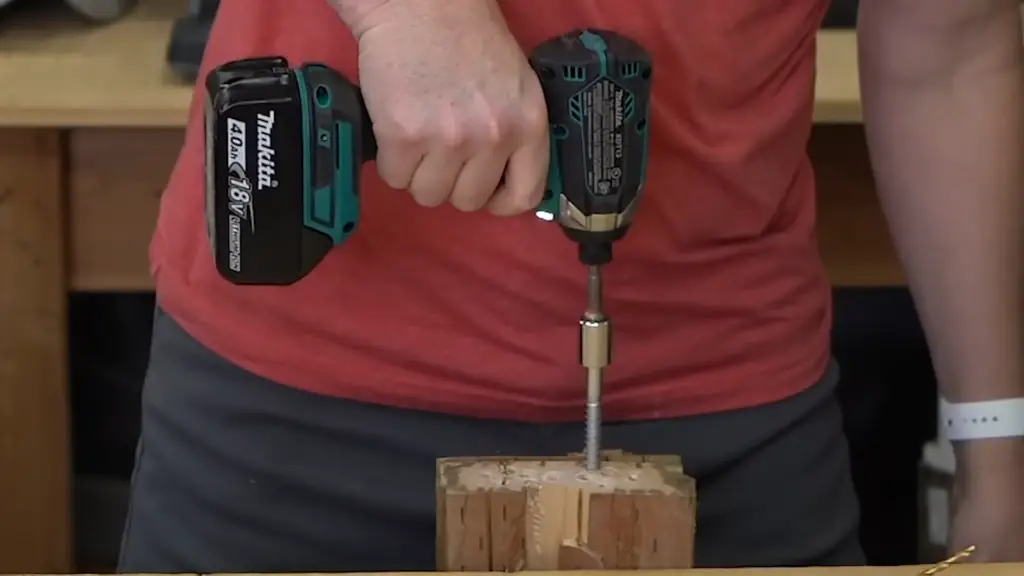
Not only does a drill offer finesse and precision, but it also operates more quietly in noise-sensitive environments compared to an impact driver. While it may not possess the raw power of an impact driver, a drill’s unrivaled finesse proves to be invaluable in many applications, where attention to detail is paramount. [2]
When to Use an Impact Driver
An impact driver is the ultimate tool of choice when brute force and unparalleled efficiency are required. With its unrivaled power, this tool excels in heavy-duty tasks, effortlessly driving long screws into the toughest materials and tightening large, stubborn bolts. The high-torque mechanism of an impact driver allows it to handle these demanding tasks swiftly and effortlessly, minimizing fatigue for the user.
But that’s not all! The compact design of an impact driver gives it a distinct advantage over conventional drills when it comes to working in tight spaces. Its slim profile enables it to effortlessly fit into confined areas, making it the go-to tool for projects that require maneuverability in cramped quarters.
And let’s not forget about battery life! An impact driver boasts a longer battery life compared to regular drills, making it the perfect companion for those extended periods of use. No need to worry about running out of power in the middle of a project!
However, it’s important to note that precision tasks and delicate materials are not the ideal applications for an impact driver. The sheer power it possesses can inadvertently cause damage, so it’s best to steer clear of using it in such scenarios.
Despite the loud noise it generates, an impact driver’s superior power and efficiency make it an invaluable tool for significant construction, renovation, and demanding DIY projects. When you need the job done right, an impact driver is the tool that will rise to the occasion, delivering unmatched performance and results. [2]
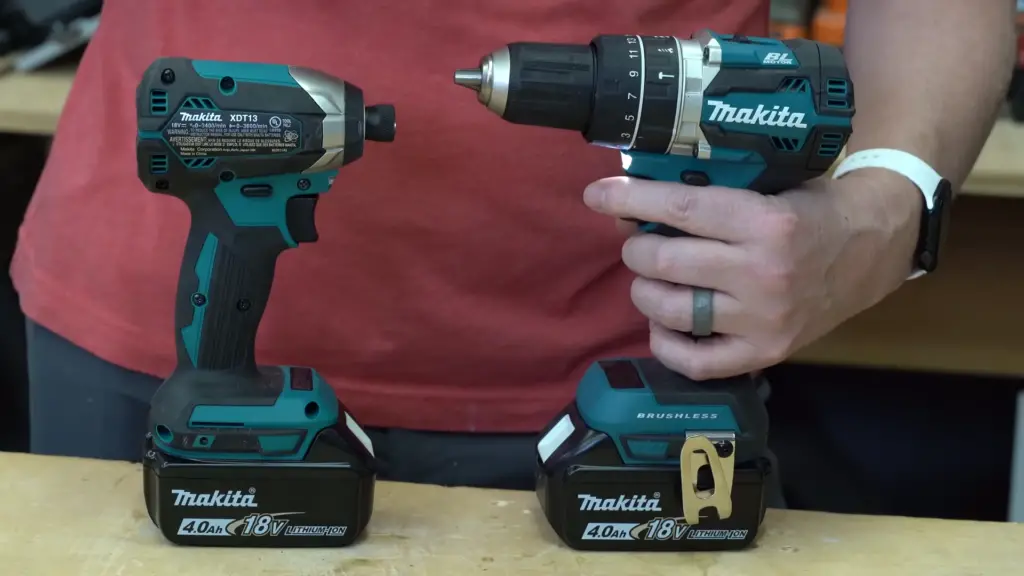
When You Can Drill With An Impact Driver?
While an impact driver may not be the first choice for precise drilling tasks, there are certain scenarios where drilling with an impact driver can still be effective and efficient.
For instance, when working on projects involving dense or thick materials such as hardwood or concrete, the high torque of an impact driver can provide much-needed power and stability. Although impact drivers may not offer the same range of bit sizes as a traditional drill, they can easily accommodate hex-shank drill bits, which are widely available and suitable for basic drilling tasks.
Moreover, when it comes to driving large screws or bolts, utilizing an impact driver can simplify the process by allowing you to pre-drill pilot holes. This not only ensures a smoother and more secure installation but also reduces the risk of damaging the material.
Furthermore, if the job site is constrained or cramped, the compact design and impressive power of an impact driver can be a game-changer. Its smaller size allows for increased maneuverability, making it easier to navigate tight spaces and corners.
Do I Need Special Bits For An Impact Driver?
Yes, using impact-rated bits is highly recommended when working with an impact driver. While standard bits can physically fit into an impact driver, they are not built to withstand the high torque and sudden force that an impact driver delivers. Over time, this can lead to the bit breaking or wearing out prematurely. Impact-rated bits, on the other hand, are specifically designed to flex and absorb the intense force of an impact driver. They are typically made from a more robust material like high-speed steel or a blend of steel and bronze to endure the stress. The most common type of impact driver bits are hex-shanked, which fit perfectly into the impact driver’s quick-change chuck. However, it is worth noting that while impact-rated bits are generally more durable, they should still be checked regularly for signs of wear and replaced when necessary. Using the right bits not only extends the lifespan of your bits but also ensures the efficiency of your impact driver and safety during operation. [3]
Things To Remember When Using An Impact Driver To Drill
When using an impact driver as a drill, remember these key tips:
- Use impact-rated bits to withstand high torque and prevent wear or breakage.
- Consider the material; impact drivers are suitable for hardwood or concrete but may damage softer materials.
- Note that impact drivers offer less control over torque and speed compared to a regular drill.
- For precision tasks or adjustable torque, a conventional drill may be a better choice.
- Prioritize safety with proper gear and a firm grip on the tool. Use an impact driver as a drill effectively and safely. [3]
FAQ
Does an impact driver work as a drill?
An impact driver can function as a drill in some scenarios, but it doesn’t replace a dedicated drill in all aspects. While it lacks the versatility and finesse of a regular drill, its compact size and superior torque give it an edge for specific tasks. These include drilling into dense or thick materials, making pilot holes for large screws or bolts, and working in tight spaces. Remember to use impact-rated, hex-shank drill bits designed to withstand the intense force. However, the lack of adjustable speed and torque settings may limit its effectiveness for precision drilling tasks. For delicate materials or adjustable speed and torque, a conventional drill is the better choice.
Do I need a drill if I have an impact driver?
Whether you need a drill alongside an impact driver depends on your tasks. If you work with heavy-duty materials or large screws/bolts, an impact driver’s high torque is beneficial. It’s also great for confined spaces due to its compact size. However, for precision drilling, adjustable torque/speed, or fragile materials, a conventional drill is necessary. An impact driver, though powerful and efficient, lacks finesse and flexibility. Having both tools ensures you’re well equipped for drilling and driving tasks.
How do you turn an impact driver into a drill?
Converting an impact driver into a drill is simple and requires just a few steps. Here’s how:
- Get the right accessory: a set of hex-shank drill bits that fit the quick-change chuck of your impact driver.
- Choose an impact-rated bit for your drilling task. Ensure it can handle the force and high torque.
- Insert the hex-shank drill bit into the chuck. The quick-change chuck should secure it with a snap.
- Now you’re ready to start drilling. Apply steady pressure to keep the bit on track and let the impact driver do the work.
- Remember, an impact driver lacks the finesse of a conventional drill. It’s best for tasks that don’t need precise control over torque and speed.
- Follow safety precautions: wear protective gear and maintain a firm grip on the tool for safe and effective operation.
Can I use an impact driver to drill concrete?
Yes, you can use an impact driver to drive screws into concrete, but it may not be the most efficient tool for drilling holes. Concrete is dense and hard, and impact drivers lack the hammering function of hammer drills or rotary hammers, which are designed for drilling into concrete. Additionally, the absence of adjustable speed and torque settings in an impact driver can make it challenging to control the drilling process effectively in such hard materials. It’s advisable to use a hammer drill or rotary hammer for drilling into concrete for better performance and results. If you choose to use an impact driver, use a masonry bit designed for concrete.
Is an impact driver better than a drill?
Deciding between an impact driver and a drill depends on the task at hand. An impact driver excels in dense materials and large fasteners thanks to its high torque. Its compact size makes it great for tight spaces. However, a drill offers adjustable speed and torque settings, making it versatile for precision drilling and delicate materials. Drills also accommodate a wider selection of bits. While an impact driver is powerful for specific tasks, a drill’s versatility and control make it indispensable in most toolboxes. It’s not about which tool is universally better, but which suits your needs.
What can an impact driver do that a drill cant?
An impact driver delivers higher torque than a drill, making it the go-to tool for driving large fasteners into dense materials. It excels in tasks like building decks or installing plywood subfloors. The compact size allows it to fit into tight spaces where a regular drill might struggle. Although both tools handle drilling and fastening, the significant torque of an impact driver makes it ideal for heavy-duty tasks. However, it may not be suitable for delicate or precision tasks where a drill would excel due to the lack of speed and torque control.
Useful Video: When To Use an Impact Driver VS Drill: The ULTIMATE Guide
Conclusion
Choosing between an impact driver and a drill depends on your specific tasks. An impact driver delivers high torque, great for heavy-duty tasks. However, it lacks the precision of a standard drill. A drill is versatile, accommodating various bits, with adjustable speed and torque settings. Having both tools ensures you’re well-equipped for any task. Remember, the right tool makes a difference in your work’s efficiency and quality.
References
- https://www.finepowertools.com/drills/impact-driver-to-drill/
- https://www.tooled-up.com/blog/drilling-with-impact-drivers/
- https://www.thespruce.com/impact-driver-vs-drill-5116867






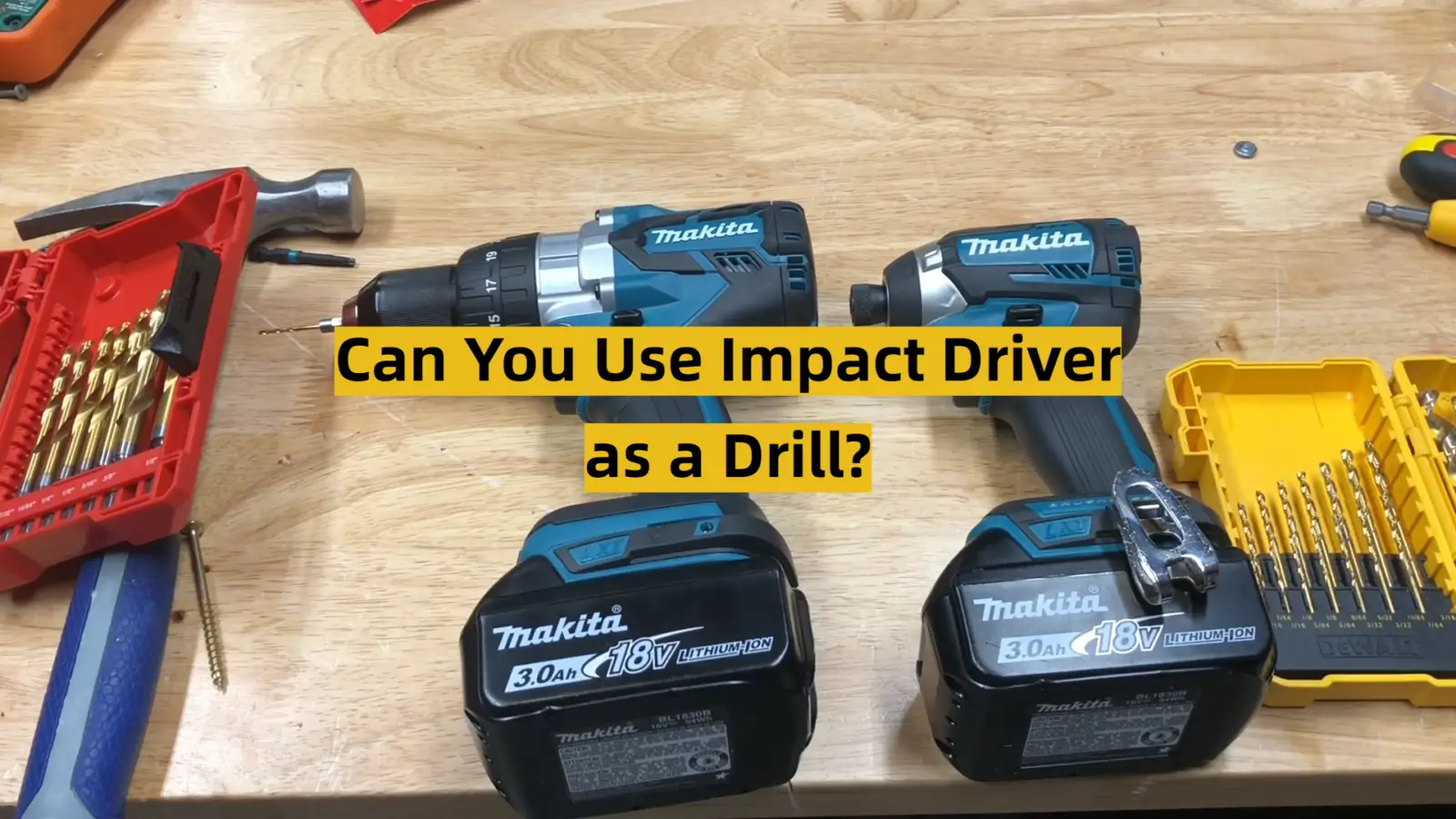





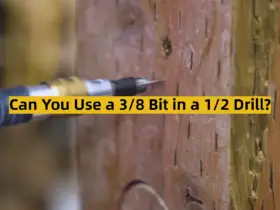
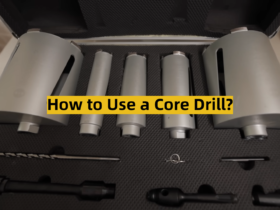
Leave a Reply